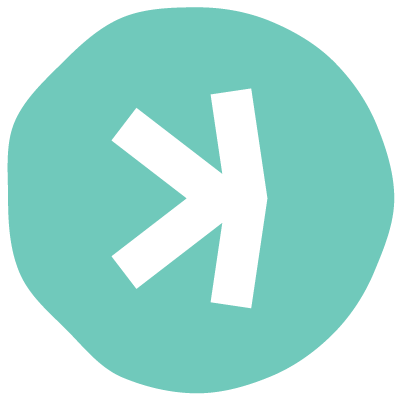Kaspa (KAS) Sets Out to Become the Fastest Blockchain: Why is This Project Running Hot
1
0

After a few years, Kaspa (KAS) finally started trending on social media and building up a wide community. In 2024, Kaspa is an outlier project, and new buyers are focusing on meme tokens, ordinals, and other complex assets. Instead, Kaspa wants to take things back to basics by creating a new basic blockchain with extremely high transaction capacity.
Kaspa is unique because it uses a Directed Acyclic Graph (DAG) technology, where every user acts as a node and shares transactions. This is not the first time that a DAG or graph-based blockchain architecture has appeared. Already functioning projects include Nano (NANO), formerly RAI Blocks, and Hedera. IOTA, an even older project, is also using DAG technology.
Kaspa Chose Fair Launch and Organic Growth
The KAS token was fairly launched in 2021, with no pre-mine or team reward. Only through mining KAS accrued 23.4B tokens out of a maximum supply of 28.7B tokens. The limited supply follows the ethos of Bitcoin, where the coin can turn deflationary in the future and increase its value.
The other growth vector for Kaspa is transaction speed. Kaspa wants to make transactions as fast as the internet, so anyone with a fast connection can handle many transactions.
The Kaspa network is just building up its decentralization, with 262 active nodes. To compare, the Bitcoin network has grown to more than 12K nodes. However, Kaspa is decentralized compared to the Hedera network, which relies on 31 named and known nodes. Kaspa can include anyone willing to run a node and grow the network organically.
Kaspa Team Behind Key DAG and Privacy Technologies
The Kaspa project has a fully doxxed team, which is also behind several technological developments used in other high-profile blockchains.
Zohar Aviv, co-founder and lead developer, is behind the SPECTRE protocol, which can be re-used on other blockchains.
Kaspa itself does not offer immediate privacy and anonymity, but instead focuses on decentralization and turning into another reputable blue-chip token.
Will KAS Continue the Bullish Trend
KAS gradually climbed from prices of $0.00018 to a peak at $0.20 in March. Since then, KAS has retreated to $0.11 and stabilized around that level. The token has fallen along with other altcoins for another period of accumulation and consolidation.
Short-term analysis shows KAS may be ready for a breakout soon, if it completes the immediate chart patterns in the next days.
In the long term, KAS aims for growth as a payment coin, as well as a high-profile project with a strong social media community. Exposure is setting price expectations for KAS, with the potential for a $0.50 price in Q3.
KAS Prepares for DAG-Based Tokens
Kaspa will not stop at building simple payment coins for high-speed transactions. Instead, it will offer its own standard of tokenization, opening the door to side projects and value inflows.
Currently, Kaspa is testing the capabilities of Rust as its main smart contract and tokenization language. The goal is to make token transfers at the speed of the Internet, bringing another potential Web3 platform.
Integrating Rust will be the main task for the Kaspa team, potentially boosting interest in the project during the summer months.
The Rust integration also aims to coincide with the maximum network speed, producing 10 blocks each second.
What are the Risks of Kaspa
So far, Kaspa has not reported any significant bugs or exploits. The KAS token is a mined coin, so it may be affected by selling pressure from miners. However, the selling pressure may diminish after May 6, when the reward will be lowered once again.
KAS tokens also have unknown wallet risks. The project offers native wallets with web-based, desktop, or hardware wallet versions. Third-party wallets like Zelcore, Tangem, and OneKey also support KAS, and the Kaspa team is not responsible for any flaws or exploits in these wallets.
Regarding market price, KAS is close to its all-time high but is also extremely volatile. As a newly trending token, KAS may lead new buyers to significant losses.
Even with all systems working, Kaspa has yet to attract tokens and Web3 activity. The network may offer highly usable technology that remains idle as interest in Web3 wanes again.
1
0







